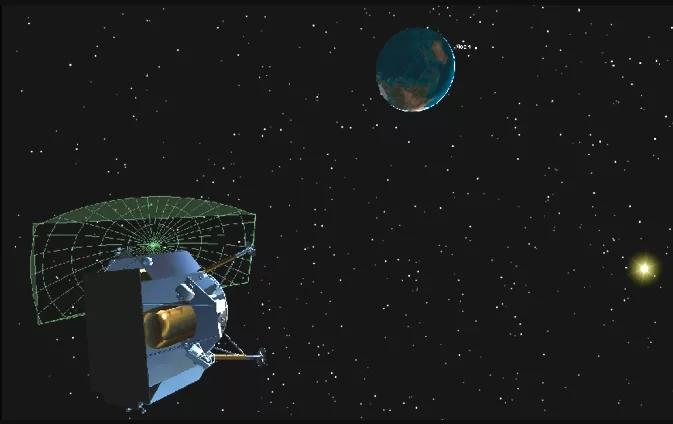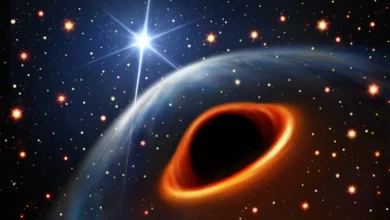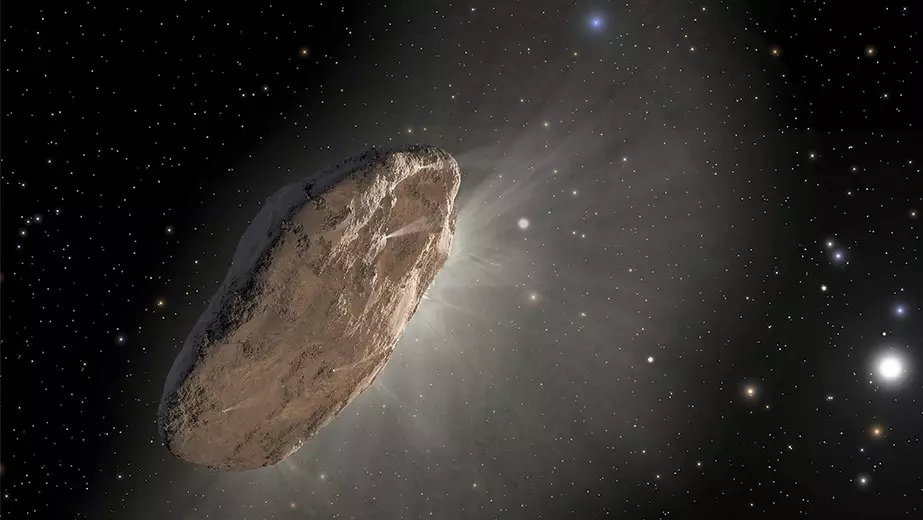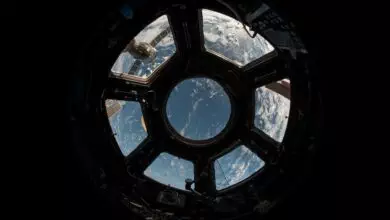
A private US Moon lander that has been leaking fuel throughout its journey is now on its way to Earth and will most likely burn up in the atmosphere, the company announced Saturday.
Astrobotic has provided regular updates on the Peregrine lander’s status since its launch on a new Vulcan rocket built by the United Launch Alliance on January 8.
The spaceship experienced an onboard explosion shortly after separation from the rocket, indicating that it would not make a soft lunar landing due to propellant loss. However, Astrobotic’s team was able to power up science experiments for NASA and other space agencies and gather spaceflight data.
“Our latest assessment now shows the spacecraft is on a path towards Earth, where it will likely burn up in the Earth’s atmosphere,” the Pittsburgh-based company posted on X.
“The team is currently assessing options, and we will update as soon as we are able.”
The US Moon Lander is floating in space, carrying Bitcoin and drinks
The box-shaped robot has now been in space for more than five days and is currently 242,000 miles (390,000 kilometers) from our planet, Astrobotic added.
Space watchers have been following Peregrine’s trajectory closely, and many had hoped it might still make a “hard landing” on the Moon, as other failed landers have done before, though it’s now clear that even that reduced goal won’t be achieved.
In addition to science hardware, the spaceship is carrying cargo for private clients of Astrobotic, including a sports drink can, a physical Bitcoin, as well as human and animal ashes and DNA.
The latest private entity to fail in a soft landing
Astrobotic is the latest private entity to fail in a soft landing, following an Israeli non-profit and a Japanese company.
NASA paid Astrobotic more than $100 million to transport its cargo as part of an experimental program called Commercial Lunar Payload Services. The overall goal is to establish a commercial lunar economy while lowering its own overheads.
Though it hasn’t worked out this time, NASA officials have made it clear that their strategy of “more shots on goal” means more scoring opportunities, and the next attempt, by Houston-based Intuitive Machines, will launch in February.
Astrobotic will have another chance in November when its Griffin lander transports NASA’s VIPER rover to the lunar south pole.





